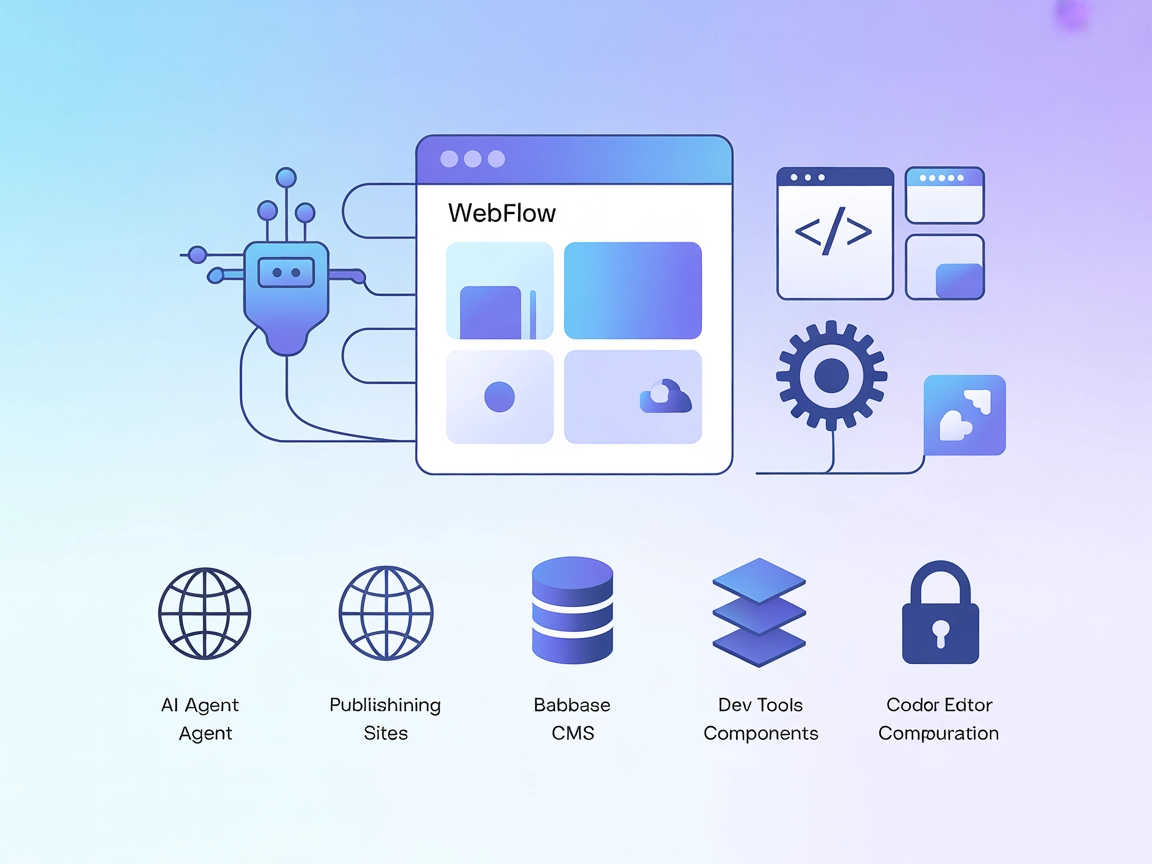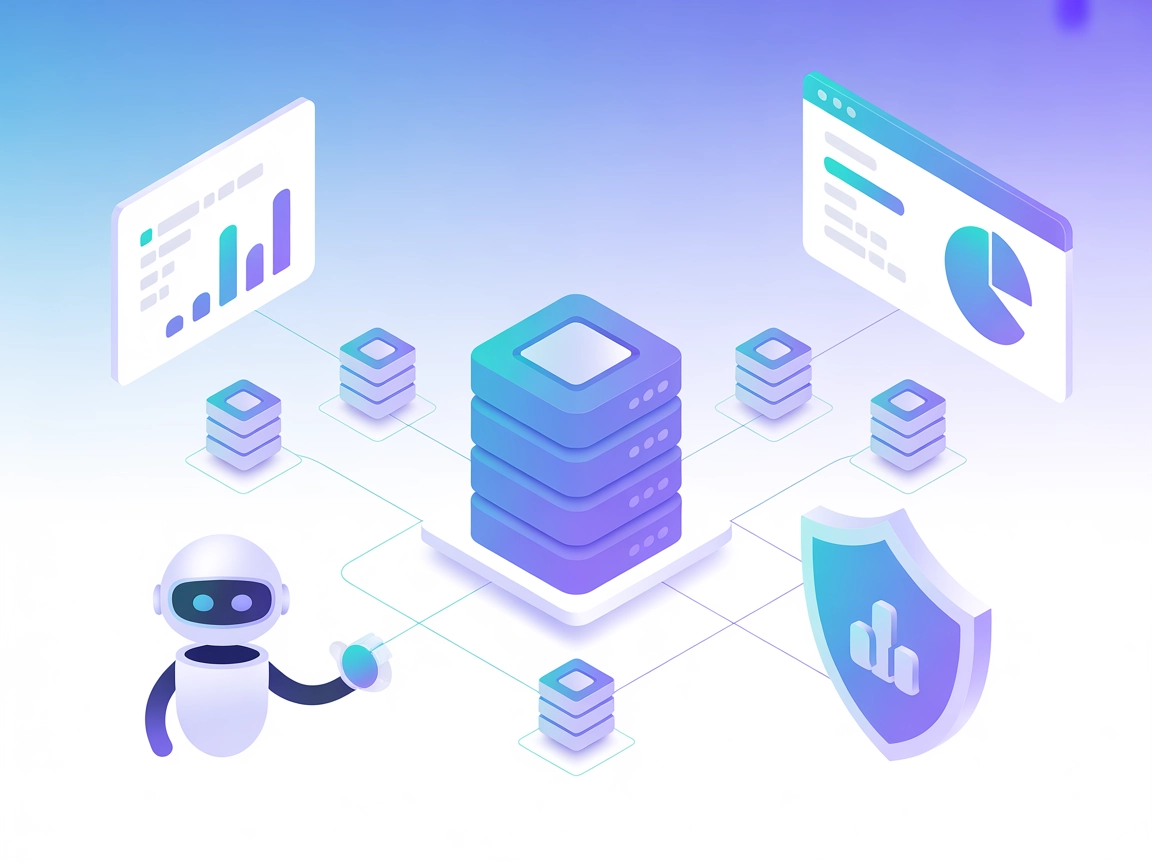Flow description
Purpose and benefits
This workflow is designed to automate the process of generating data-driven, competitive, and seasonally relevant blog ideas for FlowHunt.io, with a focus on AI Agents, workflow automation, and AI-powered apps. By orchestrating multiple AI tools and dynamic web data sources, it enables scalable, repeatable, and up-to-date blog topic ideation, complete with scoring and detailed reasoning.
Key Components
The flow consists of the following main nodes (components):
| Node Name | Purpose/Functionality |
|---|
| Chat Input | Receives user input or prompt to initiate the workflow. |
| Google Search Tool | Performs dynamic Google searches to collect competitor URLs and trends. |
| URL Retriever | Fetches and processes content from specified URLs for deeper analysis. |
| Current Time Tool | Provides the current date and time, useful for time-sensitive queries and trend analysis. |
| Anthropic AI LLM | A large language model (Claude 3.7 Sonnet) that generates text, performs reasoning, and scoring. |
| MCP Client Tool | Connects to additional AI-powered tools/services for extended analysis or data processing. |
| AI Agent | Orchestrates all above tools, synthesizing input, research, and LLM output into structured blog ideas. |
| Chat Output | Presents the AI Agent’s final answer as a chat message, typically in a markdown table. |
Workflow Logic and Automation
User Input
- The process starts with the Chat Input node, where a user provides a prompt or request for blog ideas related to FlowHunt.io.
AI Agent Orchestration
- The AI Agent is configured with a clear backstory and goal: act as a professional blog idea generator using competitor research, Google Trends, seasonal signals, and scoring logic for each topic.
- The agent receives tools via connections:
- Google Search Tool: Enables the agent to search for current internet discussions, competitor blogs, and trending keywords. The tool is set to the US region, English language, and can restrict search by location and date (using dynamic prefixes like “after:[date]”). It returns up to 10 recent, relevant URLs.
- URL Retriever: Allows the agent to fetch and process content from URLs, supporting advanced extraction (by headers, paragraphs, and metadata) and caching results for 2 weeks to optimize repeated queries.
- Current Time Tool: Lets the agent query the current date/time (UTC by default), which is vital for constructing time-sensitive Google search queries and for evaluating seasonal relevance.
- MCP Client Tool: Connects to an external AI service, potentially for advanced SEO or competitor analysis tasks.
- Anthropic AI LLM: The agent is powered by the Claude 3.7 Sonnet LLM, which handles text generation, summarization, scoring, and reasoning.
Research, Analysis, and Scoring
- The AI Agent uses the above tools in a loop to:
- Research Google Trends for rising queries and seasonality related to chosen keywords (e.g., “telecommunications,” “roaming,” “AI apps”).
- Identify and analyze at least 4 competitors by filtering Google searches to recent dates (1 week before today).
- Retrieve and process the actual content of competitor blogs and web pages for inspiration and benchmarking.
- Evaluate seasonal events (e.g., holidays, product launches) for additional blog topic inspiration.
- Assign a “seasonal score” and other metrics to each blog idea:
- Search volume (35%)
- Seasonality (25%)
- FlowHunt’s expertise alignment (25%)
- Competition level (15%)
Output Generation
- The agent generates up to 10 blog topics, each with detailed scores and notes, and outputs the results as a markdown table for clarity and presentation.
- The Chat Output node displays the final response in a user-friendly chat window.
Why This Flow is Useful for Scaling and Automation
- End-to-End Automation: The workflow automates the entire process of blog ideation, from research to scoring, reducing manual effort and bias.
- Up-to-Date and Data-Driven: By leveraging live Google searches, competitor content retrieval, and current date information, the agent generates ideas that are timely and relevant.
- Scalable: Can be run repeatedly, on-demand, or scheduled, ensuring a continuous flow of fresh content ideas with minimal human oversight.
- Objective Evaluation: The use of structured scoring criteria ensures that blog topics are selected based on data (search volume, seasonality, expertise, competition), not just intuition.
- Competitive Intelligence: By integrating direct competitor analysis and trend detection, the workflow helps FlowHunt.io stay ahead in the content landscape.
- Customizability: Components like search location, keywords, and trend windows can be easily adjusted, making the workflow adaptable for other domains or companies.
Example Output Structure
The agent’s output will typically be a markdown table like:
| Blog Idea | Search Volume | Seasonality | Expertise | Competition | Seasonal Score | Reason/Notes |
|---|
| “AI Apps for Summer 2025: Boosting Productivity” | 80 | 90 | 95 | 60 | 85 | High trend for “AI apps” in summer; low competition noted. |
| … | … | … | … | … | … | … |
Summary
This workflow provides a robust AI-powered solution for generating, evaluating, and presenting blog topic ideas. By automating research, competitive analysis, and scoring, it empowers content teams to scale their ideation process, stay relevant with seasonal and trending topics, and make strategic decisions based on real-time data.





